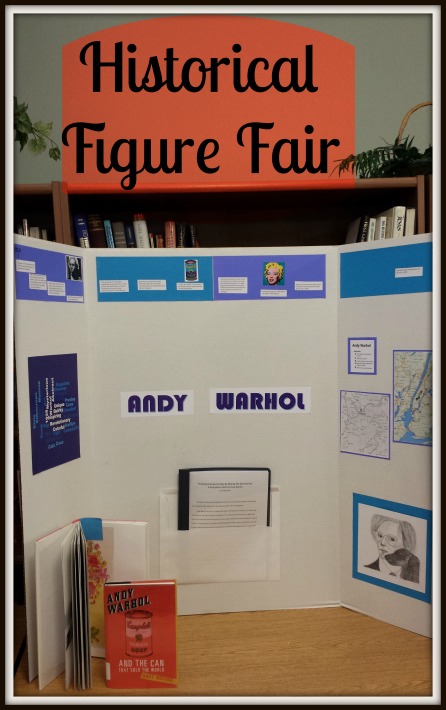Historical Figure Fair Guidelines
For your fall project, you are each asked to select a 20th Century historical figure to study. Read at least one book on your historical figure, either a biography or autobiography. When it comes to biographical information, books are often better sources than digital resources. They tend to provide more detail and more depth. They are often written by real scholars rather than fans and amateurs.
This project has a few fixed requirements that everyone will do, and some options from which to choose. What this project will “look like” in the end is a presentation board highlighting your figure, and a short speech that you will give. At the end of our fall session in December, each of you will present your projects to the class and to HSLC families.
Required Elements (four):
- Design an illustrated timeline that lists at least ten important events in the life of your historical figure.
- Design a map that shows dates and locations where the historical figure accomplished important events in his or her life. This could be a city, state, country, or world map, depending on your figure. The map should be factual with at least five significant places labeled. Then write one sentence per location describing the place’s importance in your figure’s life.
- Write a biographical sketch that describes the life and achievements of the historical figure. Write a two-page, double-spaced biography of your figure. Biography could include:
- Important dates
- Important people
- Career(s)
- Hobbies
- Accomplishments
- Why this figure is significant in World History
- Other important information
- Give a speech on the person’s life and achievements. (You may choose to do this either as an informational speech or as a first-person speech in costume.)
Optional Elements (pick at least two):
- Write a journal entry that recounts important events in the figure’s life. Write from the point of view of your selected figure on an important date in the figure’s life. You may creatively imagine some details as long as they do not contradict with historical facts. Your journal entry should be at least one page typed.
- Create an interview with the individual and read it, record the conversation on tape, or videotape it with a friend.
- Using paint or other art media, make a portrait of the figure.
- Write a poem about the experiences of the figure. The poem should feature qualities that make the person unique, facts relating to the person’s life, and other details.
- Write a play about a pivotal moment for the historical figure.
- Build a model of an important location for the figure.
- Create a board game based on the experiences of the figure.
- Create a 10 question quiz about your character’s life. Be sure to include an answer key.
- Create an artifact museum by choosing 5 “artifacts” to label and place in a container. These artifacts must be physical objects (no illustrations or photographs) that represent or would be significant to your figure. George Washington’s five artifacts might be: false teeth, a (PLASTIC!) hatchet, a $1 bill, a crown, and a dog stuffed animal. Each item should be labeled with a description.
* False Teeth: A famous artifact of George Washington’s is his pair of wooden false teeth.
* Hatchet: As a child, he chopped down a cherry tree according to American legend.
* $1 Bill: He is our first president and his face appears on the $1 Bill.
* Crown: He turned down the offer to be King of America.
* Dog: He liked to hunt with dogs and raised dogs. - Draw costume sketches: Sketch three costumes the figure may have worn throughout his or her life. The costumes should be historically accurate and include a description about when & where the figure would have worn them. These sketches should be done in color and look like costume sketches done by artists for films and fashion design.
- Create a word cloud. Using a website like abcya.com or a similar one, design a colorful word cloud with at least 20 words that represent your figure. Ten words should be character descriptions and ten should be significant events, places, and names in his or her life.


